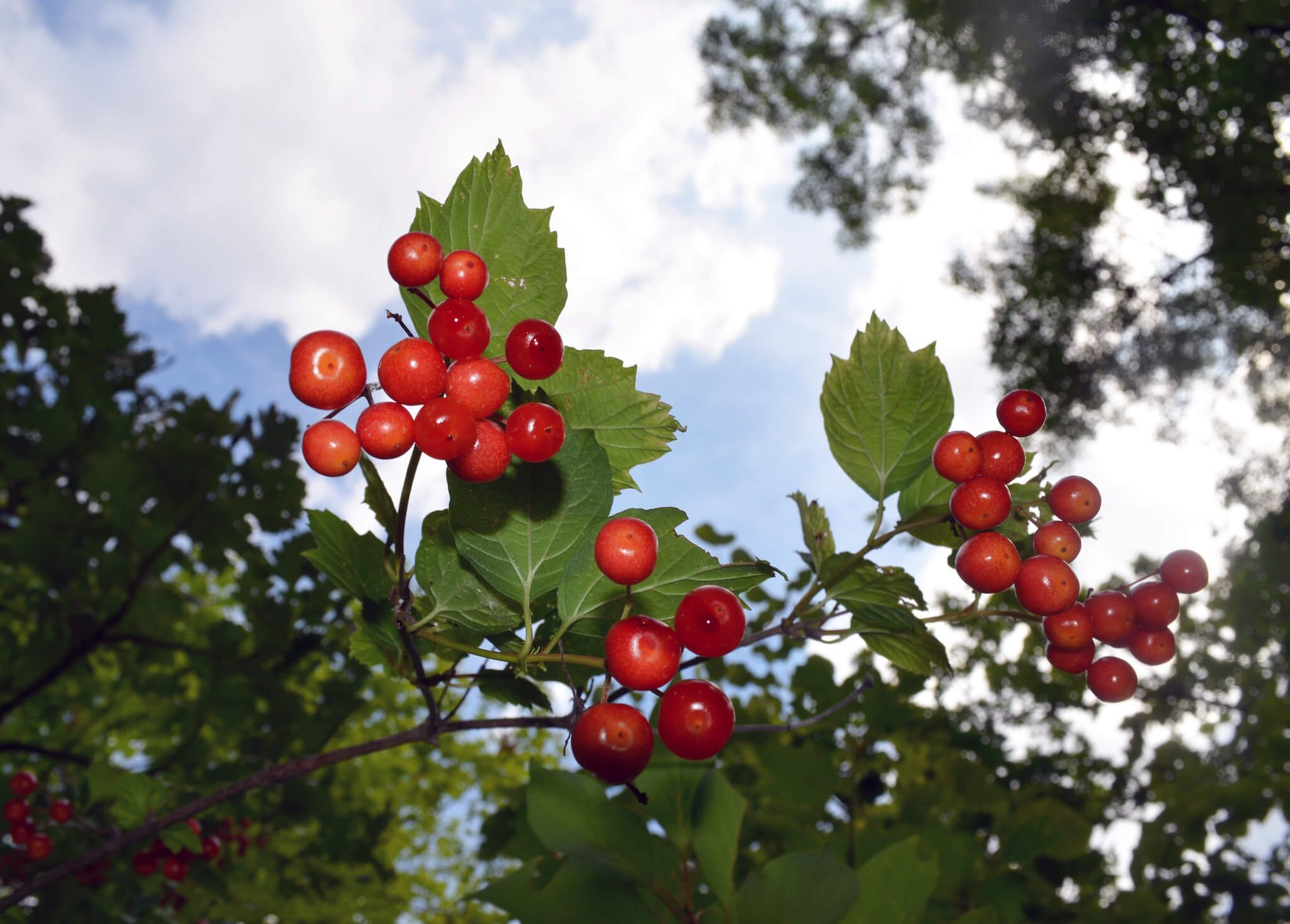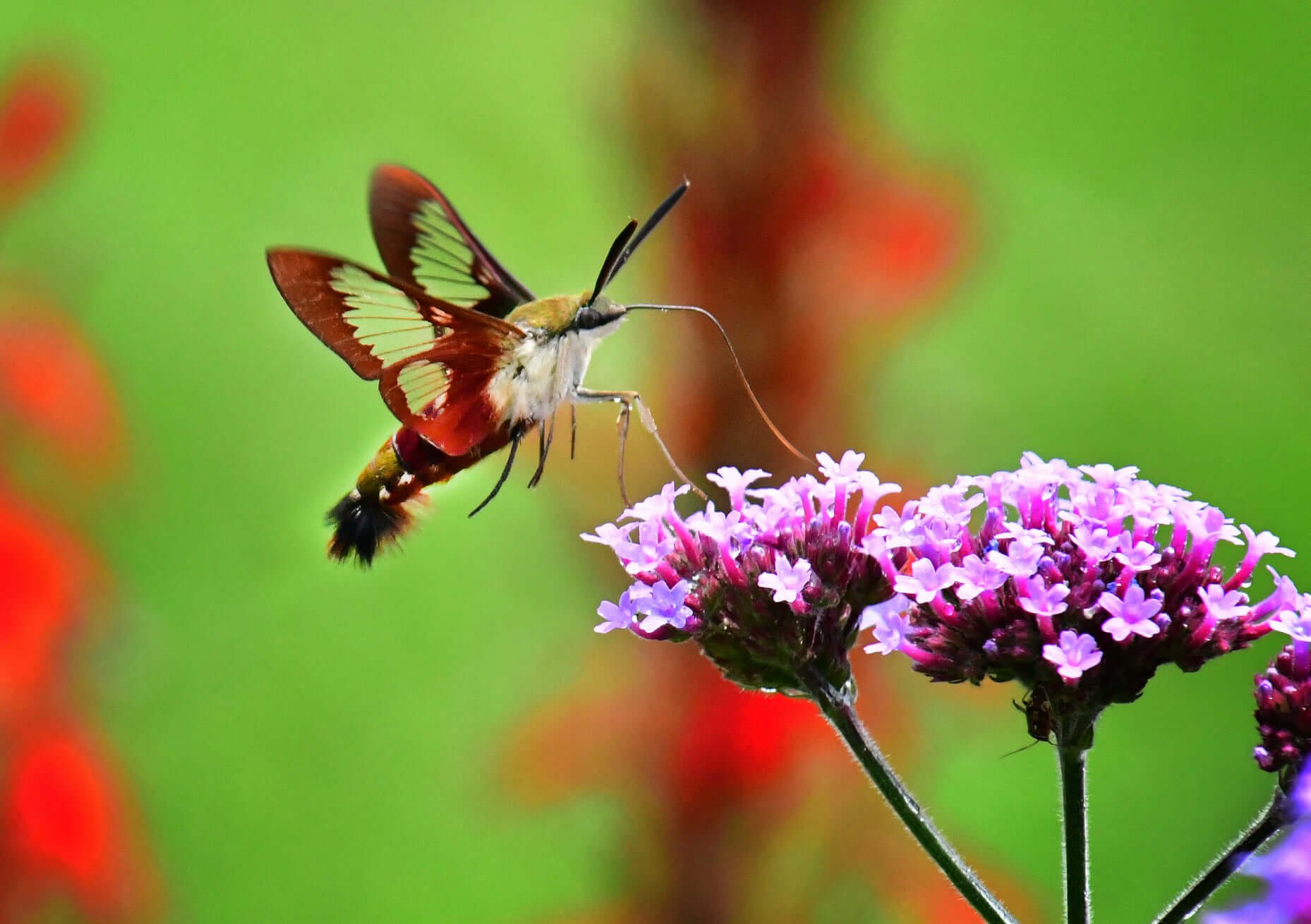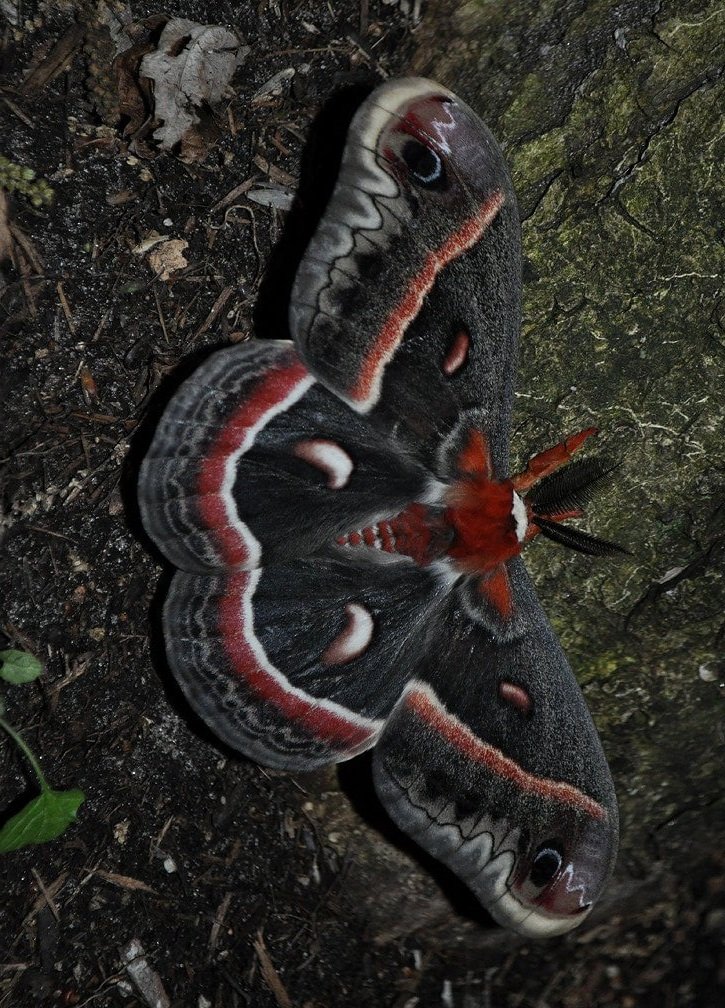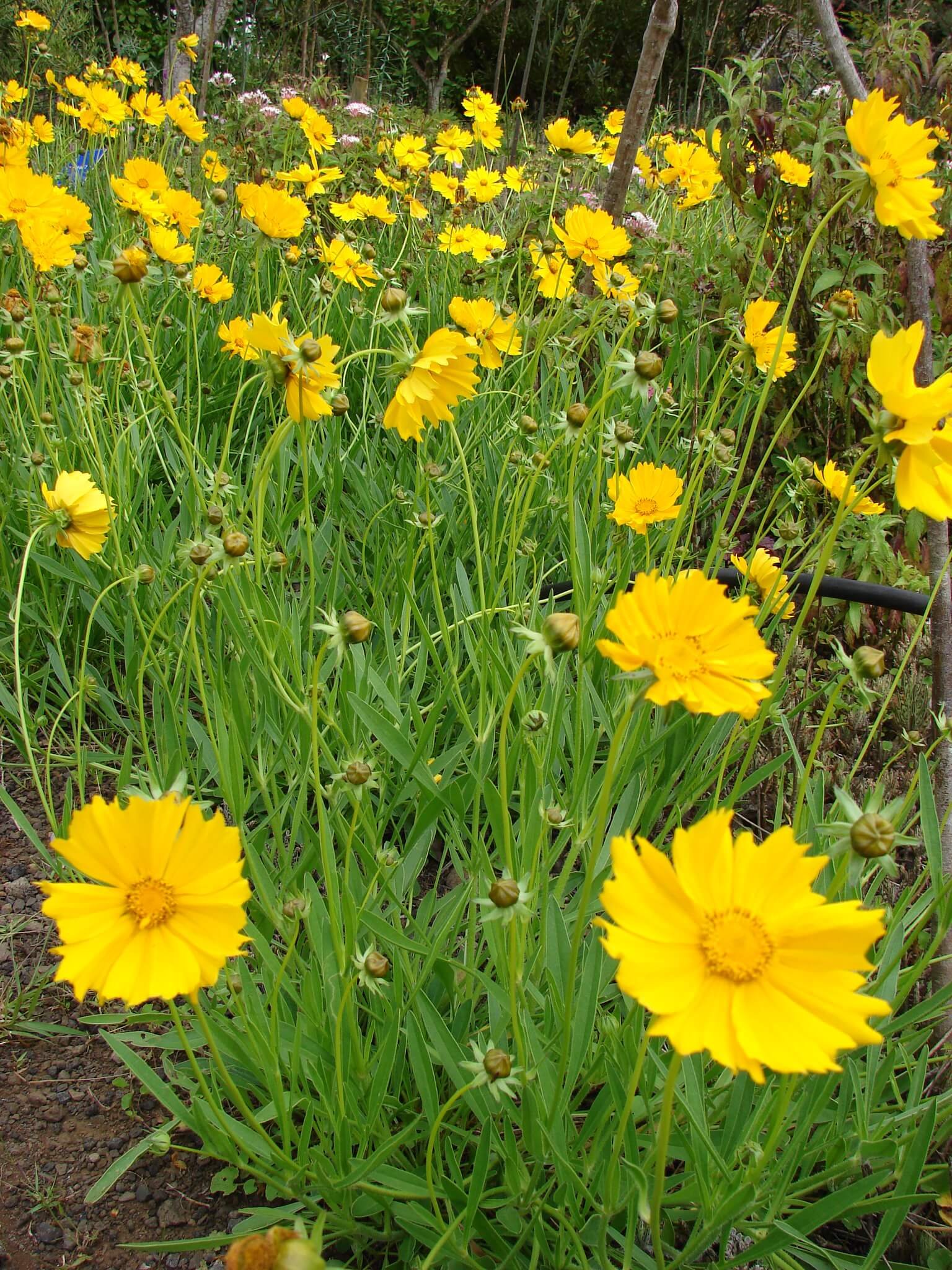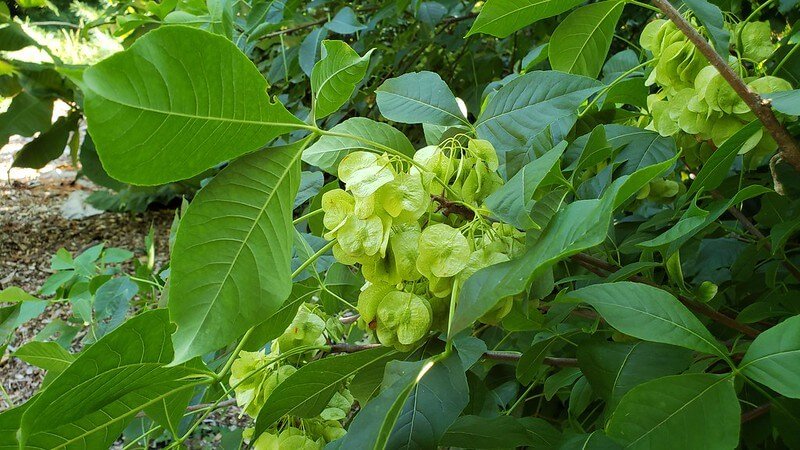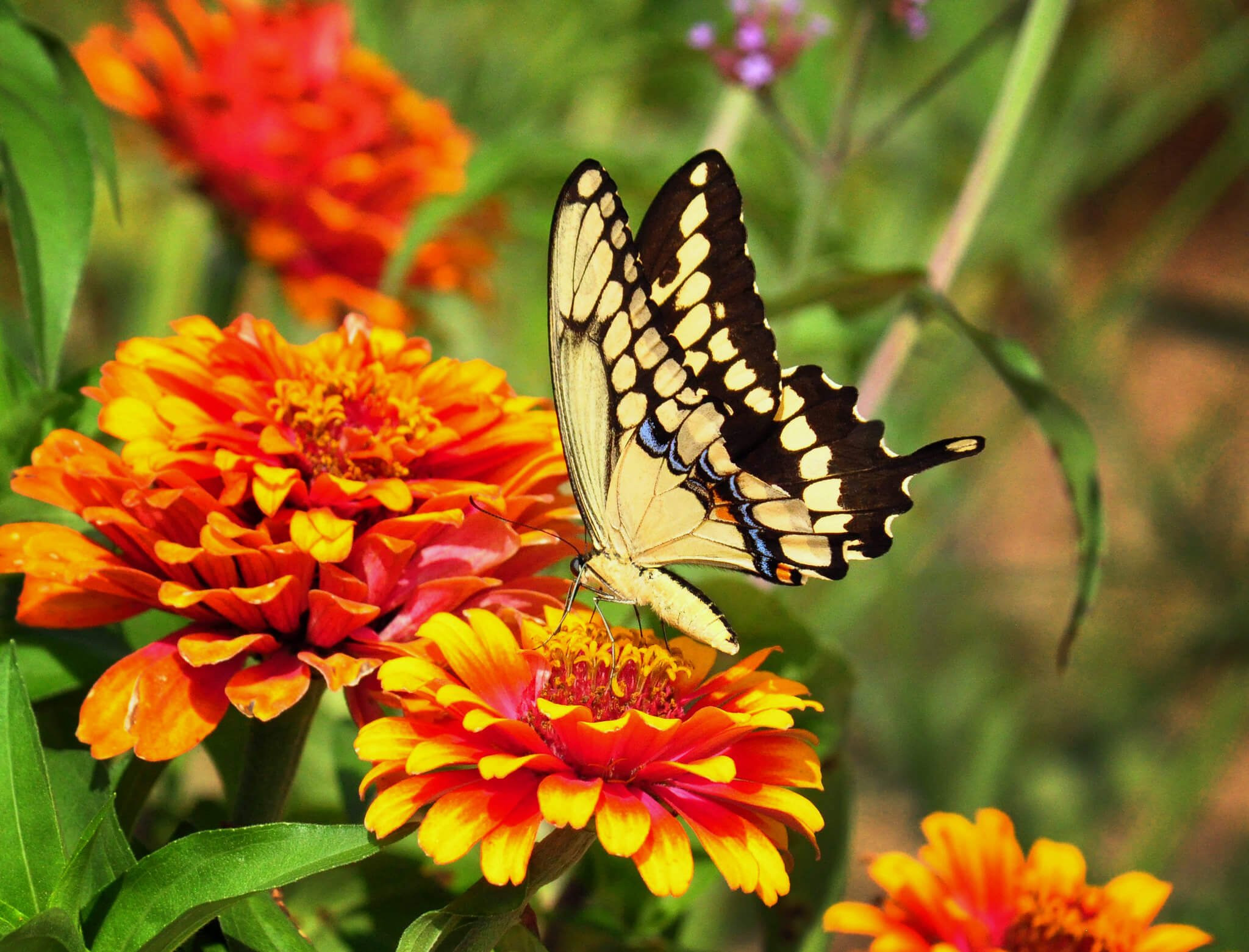Life Cycle: Perennial
Sun Exposure: Full, Partial sun
Soil Moisture: Medium-wet, Medium, Medium-dry
Height: Up to 10 feet
Plant Spacing: 3-5 feet
Bloom Time: June-August
Bloom Color: White
Advantages: Caterpillar Favorite, Pollinator Favorite, Bird Favorite, Deer Resistant, Rain Garden, Edible (cooked)
Host Plant: Polyphemus moth, Cecropia moth, and 34 other species of butterflies and moths use this as a caterpillar host plant in our area (nwf.org)


